Search for information
The Graceful Mute Swan: A Majestic Presence in Wetland SkiesThe Mute Swan (Cygnus olor), an emblem of elegance and tranquility, graces the waterways of the world with its stunning appearance and regal demeanor. This large, white swan is a familiar sight in many regions, captivating onlookers with its slow, deliberate movements and the gentle curve of its long neck.
June 5, 2025, 4:29 pm EDT
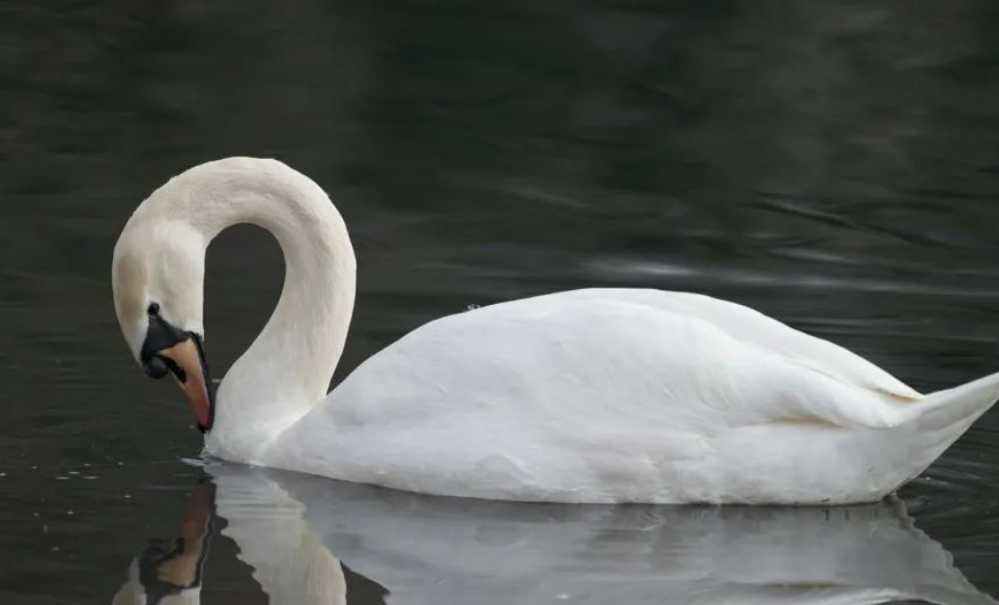
Source: Images from the Internet, if there is any infringement, please contact the removal of
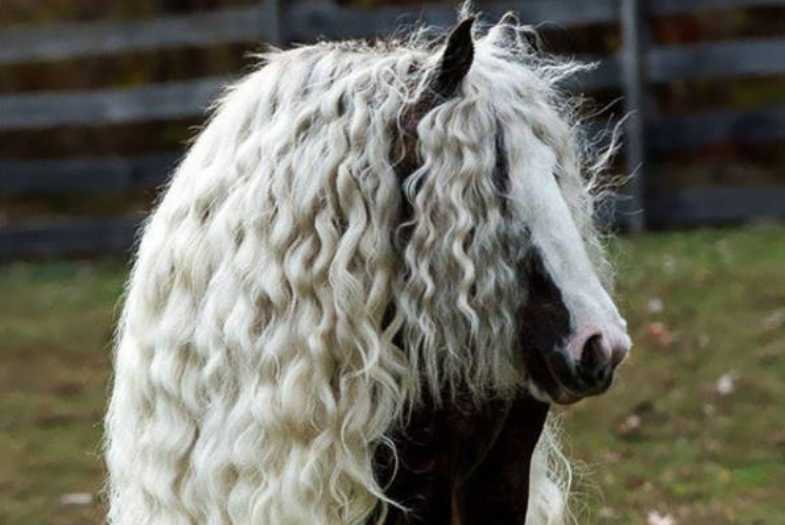
The Gypsy Vanner Horse: A Majestic Breed with a Rich Cultural Heritage
The Gypsy Vanner horse, also known as the Irish Cob or Gypsy Horse, is a distinctive breed renowned for its striking appearance and deep roots in Romani (Gypsy) culture. Originating in the British Isles and Ireland, these horses were bred by Romani people for their strength, stamina, and ability to pull caravans, combining practical utility with eye-catching aesthetics.more

The United States: A Global Leader in Economy and Technology
As the world’s universally recognized most developed nation, the United States has long dominated the global economy, consistently ranking first in economic power. Its technological prowess equally leads the world, with the nation achieving numerous global firsts in fields such as healthcare, electronic information, aerospace, and nuclear industry within its short 200 - year history. At the heart of this technological dominance is Silicon Valley, located in the southern San Francisco Bay Area of Northern California.more

Another U.S. high-tech company, IBM, pulls out of China and lays off thousands of employees
Another U.S. high-tech company, IBM, pulls out of China and lays off thousands of employeesmore
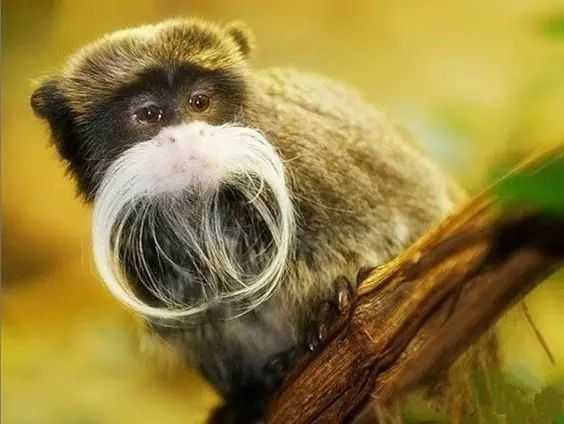
The Emperor Tamarin: A Regal Primate with a Distinctive Handlebar Mustache
Native to the rainforests of the Amazon Basin in South America, the emperor tamarin (Saguinus imperator) has earned its name from its striking facial feature: a long, white mustache that droops elegantly over its chin, resembling the grandeur of a royal portrait. This small primate, found in Brazil, Peru, and Bolivia, captivates researchers and nature enthusiasts with its unique appearance and social behavior in the dense forest canopy.more
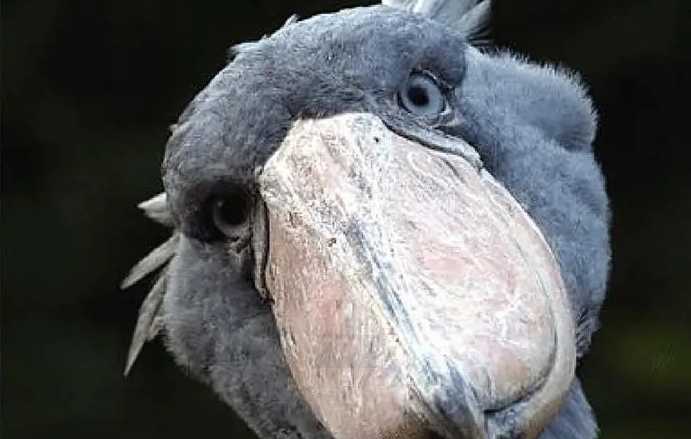
Balaeniceps rex: The Majestic Shoebill Stork of African Wetlands
Balaeniceps rex, commonly known as the shoebill stork, is an imposing and enigmatic large wading bird that commands attention with its unique appearance and elusive nature. Endemic to the vast swampy wetlands of central and eastern Africa, this species stands as a symbol of the continent’s rich aquatic ecosystems and the delicate balance of its natural habitats.more

The Sweet Allure of Taiyaki: Japan's Iconic Street Food from Edo to the World
In the bustling streets of Japan, a sweet aroma often lingers in the air, drawing crowds to one of the nation’s most beloved treats—taiyaki. For fans of the Lonely Gourmet, the sight of protagonist (Goro) savoring a taiyaki with delighted satisfaction has become an iconic representation of this beloved snack. Shaped like a sea bream (tai), this pastry is not just a culinary delight but a cultural emblem woven into Japan’s historical and social fabric.more

The Enchanting Zhuque Flowers: Nature's Winged Wonders
In the realm of botanical marvels, Zhuque flowers, scientifically known as Mucuna birdwoodiana, stand out with their extraordinary charm. These unique blossoms are celebrated for their uncanny resemblance to little sparrows, as if a flock has alighted on the vines, ready to take flight at any moment.more
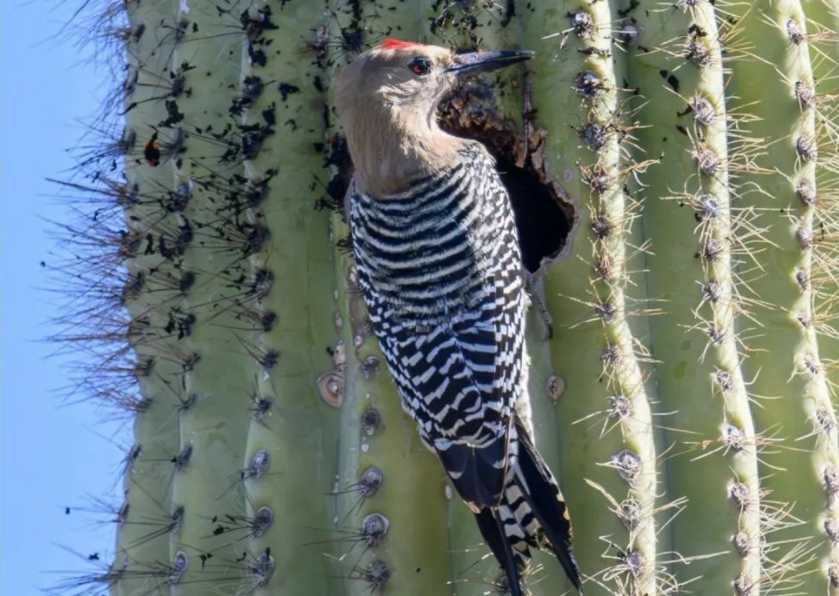
Gila Woodpecker: The Desert's Masterful Craftsman
The Gila woodpecker, Melanerpes uropygialis, is a remarkable avian species well - adapted to the arid landscapes of the southwestern United States and northwestern Mexico. Sporting a distinctive black - and - white checkered back, a red patch on the male's crown, and a sturdy, chisel - like bill, this woodpecker stands out as a true icon of the desert ecosystem.more

